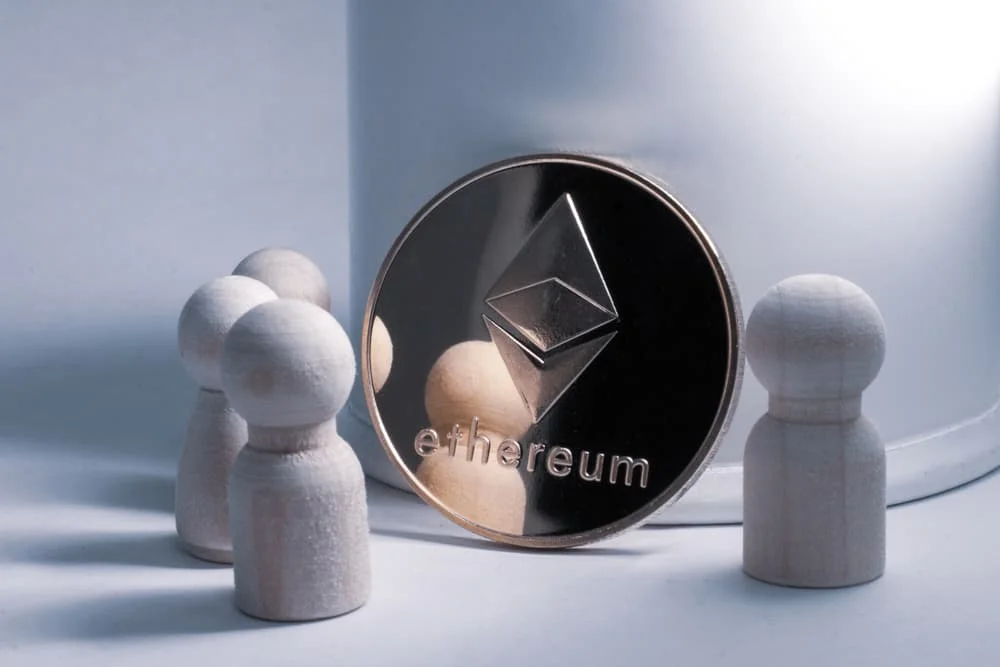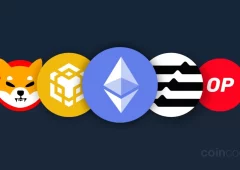Ethereum Validators Push for Higher Gas Limit – What It Means for the Network
04.02.2025 17:00 1 min. read Alexander Zdravkov
A shift is underway in Ethereum’s network dynamics as a growing number of validators signal approval for raising the gas limit, which governs how many transactions can fit into a single block.
Over half have now expressed support, clearing the necessary threshold for implementation.
Ethereum’s gas capacity has remained at around 30 million since 2021, but recent data indicates an upward trend, with blocks already exceeding 33 million gas. This marks the first adjustment under the network’s proof-of-stake system, introduced after the Merge upgrade. Unlike a hard fork, this change is being implemented through validator consensus, allowing the network to scale organically.
Vitalik Buterin has pointed to the upcoming Pectra fork in March as another key upgrade. Alongside gas limit adjustments, Pectra will increase the blob target, further optimizing transaction efficiency.
Not everyone in the Ethereum community is aligned on how far these increases should go. Advocates argue that a rise to 36 million or even 40 million would improve scalability and lower fees. Meanwhile, skeptics warn that pushing too high—beyond 60 million—could introduce risks like delayed block propagation and reduced accessibility for solo node operators. Despite these concerns, gradual increases appear to be the favored path for Ethereum’s ongoing evolution.
-
1
German State-Owned Development Bank Issues €100 Million Blockchain Bond
11.07.2025 7:00 2 min. read -
2
Ripple Powers UAE’s First Tokenized Real Estate Project via XRPL
16.07.2025 21:00 2 min. read -
3
Tether Ends Support for Five Blockchains in Infrastructure Shift
12.07.2025 11:30 2 min. read -
4
Cardano and Ethereum Lead in Developer Activity as GitHub Commits Surge
14.07.2025 12:00 1 min. read -
5
BNB Chain Upgrades and Token Delistings Reshape Binance Ecosystem
16.07.2025 22:00 2 min. read
Solana Plans 66% Block Upgrade to Boost Network Capacity
Solana developers have introduced a new proposal aimed at pushing the network’s performance even further.
Chainlink Partners With Westpac and Imperium to Tokenize Finance in Australia
Chainlink has announced a major institutional partnership with Westpac Institutional Bank and Imperium Markets as part of Project Acacia—a joint initiative involving the Reserve Bank of Australia and the Digital Finance Cooperative Research Centre (DFCRC).
BNB Chain Upgrades and Token Delistings Reshape Binance Ecosystem
Binance continues to refine its ecosystem in 2025, with major updates spanning performance upgrades, token listings and removals, and new token launches—all reinforcing its focus on scalability and innovation.
Ripple Powers UAE’s First Tokenized Real Estate Project via XRPL
Ripple has taken a major step in expanding its institutional digital asset infrastructure in the Middle East by partnering with Ctrl Alt to support Dubai’s first government-backed real estate tokenization initiative.
-
1
German State-Owned Development Bank Issues €100 Million Blockchain Bond
11.07.2025 7:00 2 min. read -
2
Ripple Powers UAE’s First Tokenized Real Estate Project via XRPL
16.07.2025 21:00 2 min. read -
3
Tether Ends Support for Five Blockchains in Infrastructure Shift
12.07.2025 11:30 2 min. read -
4
Cardano and Ethereum Lead in Developer Activity as GitHub Commits Surge
14.07.2025 12:00 1 min. read -
5
BNB Chain Upgrades and Token Delistings Reshape Binance Ecosystem
16.07.2025 22:00 2 min. read


